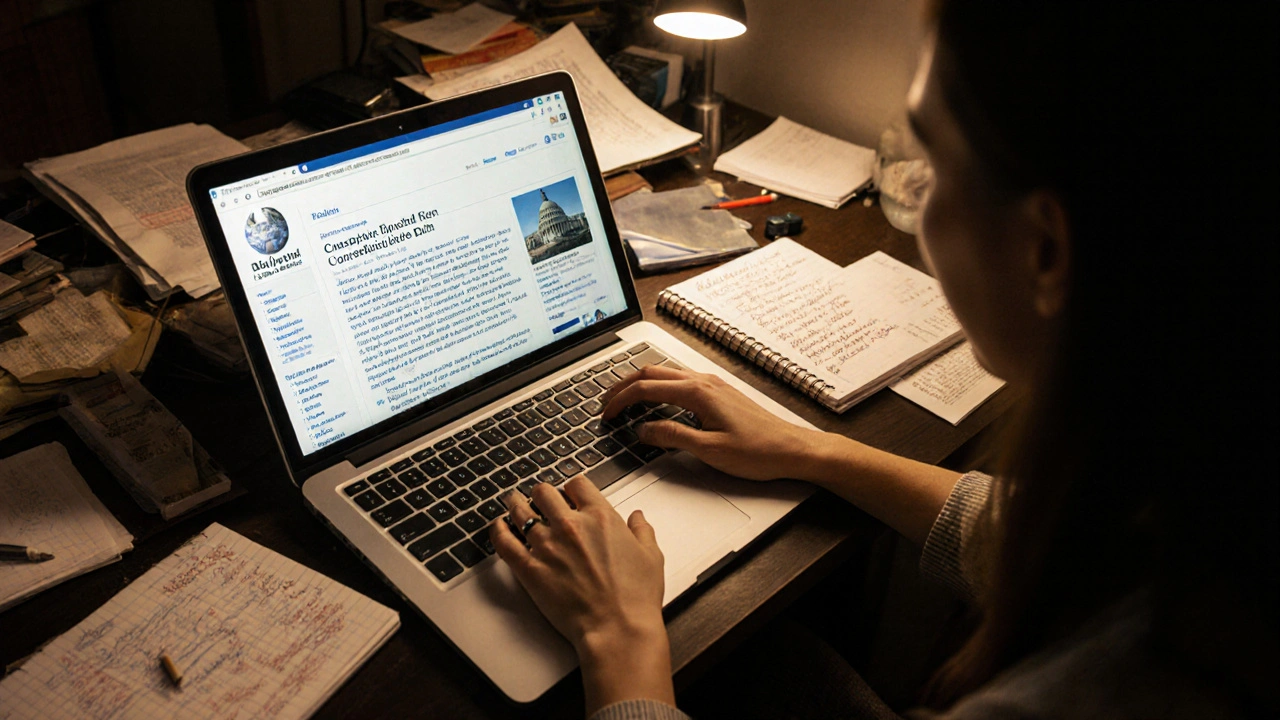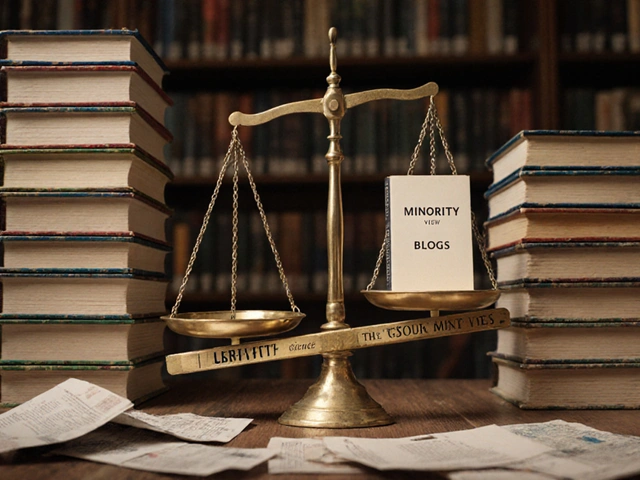Fact-Checking with Wikipedia: How Reliable Is It and Who Makes It Work?
When you fact-checking with Wikipedia, the process of verifying claims using Wikipedia’s open, collaborative system. Also known as Wikipedia verification, it’s not about trusting the page—it’s about trusting the process behind it. Millions use Wikipedia to check facts every day, but few realize that every claim on a well-edited article is backed by a chain of sources, edits, and debates. This isn’t magic. It’s a system built by volunteers who spend hours tracking down citations, arguing over neutrality, and reverting lies—all without pay.
Behind every accurate Wikipedia article is a network of Wikipedia sources, reliable, published material used to support claims on the platform. These aren’t random blogs or tweets. They’re peer-reviewed journals, official reports, and established news outlets. But here’s the catch: not all regions have equal access to these sources. In places without strong local journalism, Wikipedia’s coverage suffers. That’s why Wikipedia editing, the act of adding, correcting, or improving content on Wikipedia by volunteers looks so different in Nairobi than in Berlin. The tools are the same, but the raw material—reliable information—isn’t.
And then there’s the human side. Who’s doing the fact-checking? It’s not robots. Bots help clean up broken links and revert obvious vandalism, but real accuracy comes from people. A student in Toronto fact-checks a claim about a local election. A retiree in rural India verifies a historical date using a library archive. A journalist in Brazil cross-references a government report. These aren’t outliers—they’re the backbone of Wikipedia’s credibility. And when someone tries to manipulate that system—through fake accounts, paid edits, or biased sourcing—the community notices. It’s messy. It’s slow. But it works.
Fact-checking with Wikipedia doesn’t mean copying what you see. It means digging into the talk page, checking the references, seeing who edited what and why. It’s a skill, not a shortcut. The articles that survive scrutiny—the ones marked as "Good" or "Featured"—aren’t lucky. They’re the result of dozens of eyes, months of debate, and strict adherence to policy. That’s the standard you’re looking at when you use it.
What you’ll find below are real stories from inside this system: how editors track down truth in regions with no newspapers, how AI tools are being tested to flag misleading edits, how communities fight to keep local facts alive, and how even a single unverified photo can derail an entire article. This isn’t theory. It’s practice. And it’s happening right now—on every page you think you know.
Wikipedia as Background Material: The Journalist's Reference Guide
Wikipedia isn't a source-but for journalists, it's one of the most powerful research tools available. Learn how to use it to find leads, verify facts, and uncover stories without ever quoting it.






